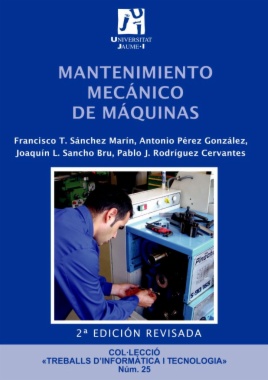
Estás filtrando por
Se encontraron 409 resultados en recursos

Compartir este contenido
Mantenimiento mecánico de máquinas
Copia el enlace o compártelo en redes sociales
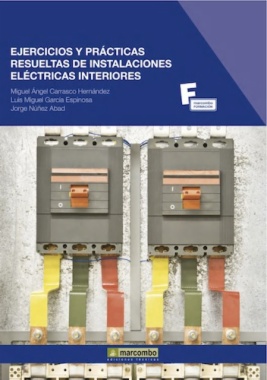
Ejercicios y prácticas resueltas de instalaciones eléctricas interiores
Compartir este contenido
Ejercicios y prácticas resueltas de instalaciones eléctricas interiores
Copia el enlace o compártelo en redes sociales
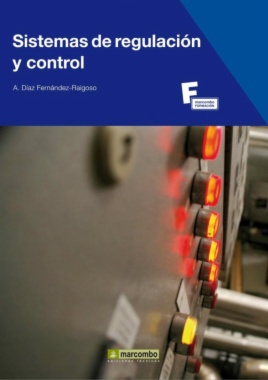
Sistemas de regulación y control
Compartir este contenido
Sistemas de regulación y control
Copia el enlace o compártelo en redes sociales
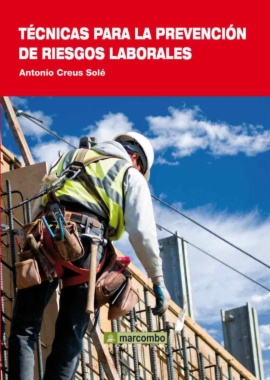
Técnicas para la prevención de riesgos laborales
Compartir este contenido
Técnicas para la prevención de riesgos laborales
Copia el enlace o compártelo en redes sociales
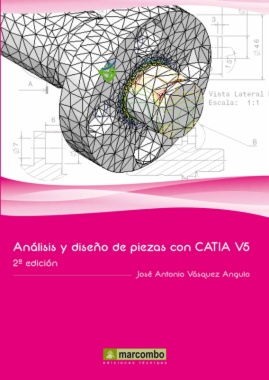
Análisis y Diseño de Piezas con Catia V5
Compartir este contenido
Análisis y Diseño de Piezas con Catia V5
Copia el enlace o compártelo en redes sociales
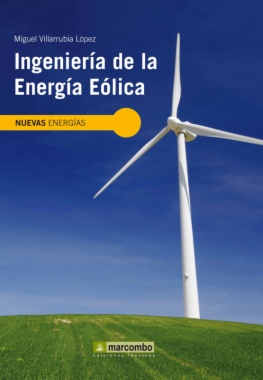
Ingeniería de la Energía Eólica
Compartir este contenido
Ingeniería de la Energía Eólica
Copia el enlace o compártelo en redes sociales
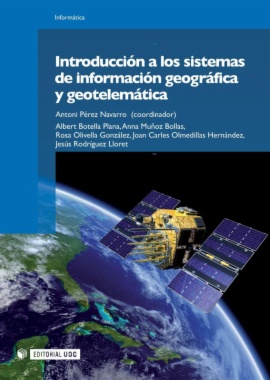
Introducción a los sistemas de información geográfica y geotelemática
Compartir este contenido
Introducción a los sistemas de información geográfica y geotelemática
Copia el enlace o compártelo en redes sociales
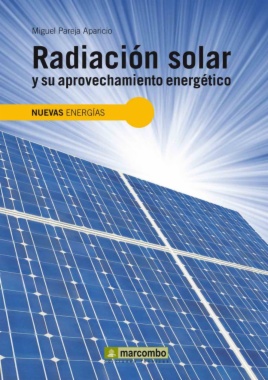
Radiación solar y su aprovechamiento energético
Compartir este contenido
Radiación solar y su aprovechamiento energético
Copia el enlace o compártelo en redes sociales
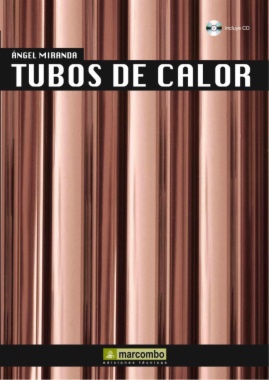
Tubos de calor
Compartir este contenido
Tubos de calor
Copia el enlace o compártelo en redes sociales
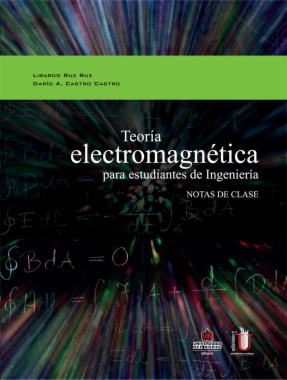
Teoría electromagnética para estudiantes de ingeniería: notas de clase
Compartir este contenido
Teoría electromagnética para estudiantes de ingeniería: notas de clase
Copia el enlace o compártelo en redes sociales
Selecciona las Colecciones en las que vas a añadir el contenido
Para consultar los contenidos añadidos busca la opción Tus colecciones en el menú principal o en Mi perfil.
